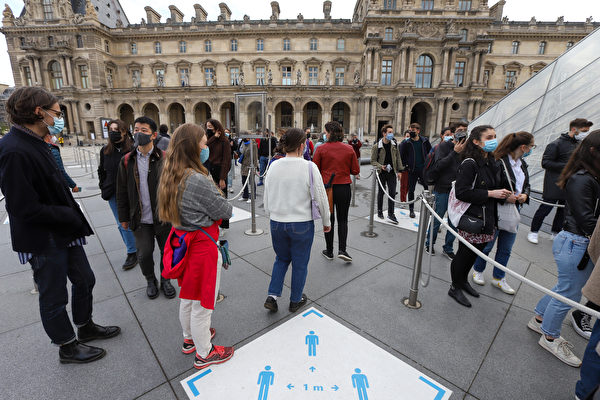The Louvre Museum in France temporarily closed on Monday due to a strike, as the globally most visited museum couldn’t control the crowd, leaving the staff overwhelmed. The strike resulted in thousands of tourists being stranded outside the iconic building in Paris, unable to enter, ringing alarms for overtourism in museums worldwide.
The Louvre has become a barometer of overtourism globally, currently unable to handle the immense popularity it faces. The strike was spontaneous, erupting during a routine internal meeting. Gallery curators, ticketing staff, and security personnel refused to report to work in protest of the uncontrolled crowds, chronic understaffing, and what a union described as an “intolerable” work environment.
The closure of the Louvre is exceptionally rare, with such occurrences only happening during times of war, pandemics, and a few rare strikes in history – including the spontaneous strike in 2019 due to overcrowding and the strike in 2013 due to safety concerns. The sudden closure of the museum without warning, amidst tourists waiting in line to visit, is indeed unusual.
The primary issue that led to the strike by Louvre staff is the overwhelming crowds flocking to see Leonardo da Vinci’s painting “Mona Lisa” from the Italian Renaissance period. This 16th-century portrait now attracts modern audiences, with about 20,000 people squeezing into the Louvre’s largest hall, the Salle des États, each day, mainly to take a selfie with the protected masterpiece.
Due to the overcrowding, visits are often accompanied by noisy and pushing crowds, with many barely able to appreciate the other masterpieces beside the famous painting. The scene more resembles attending a celebrity meet-and-greet rather than an art appreciation experience.
French President Emmanuel Macron announced a comprehensive ten-year plan months ago aimed at addressing the numerous challenges facing the Louvre, such as leaks, dangerous temperature fluctuations, outdated infrastructure, and visitor numbers far exceeding the museum’s capacity.
But for frontline workers, these future promises seem distant and unattainable.
Sarah Sefian, a member of the CGT-Culture union, stated: “We cannot wait six years to get help. Our team is under pressure right now. This is not just about art but also about protecting the people who work with art.”
The Louvre welcomed 8.7 million visitors last year – a number that exceeds the museum’s designed infrastructure capacity twice over. Staff members said that even with a daily cap of 30,000 visitors, the visitor experience has turned into a daily endurance test, facing issues such as limited rest areas, few bathrooms, and the greenhouse effect caused by the glass pyramid architecture intensifying summer heat at the Louvre.
Employees say their needs are more urgent than any improvement promised by a ten-year plan.
From Venice to the Acropolis in Athens, tourist hotspots around the world have started taking measures to limit visitor numbers, and as the most iconic museum globally, the Louvre is also facing its own challenges.
Sefian mentioned that while many strike workers plan to stay off work all day, some may temporarily return to workstations, opening a limited “Masterpieces Route” for a few hours, allowing visitors to see selected exhibits like the “Mona Lisa” and the “Venus de Milo.” The entire museum may resume normal operations on Wednesday, with some visitors holding valid tickets for Monday being allowed to use them again on Wednesday. The Louvre will be closed to the public on Tuesday as usual.
(Reference: The Associated Press)

